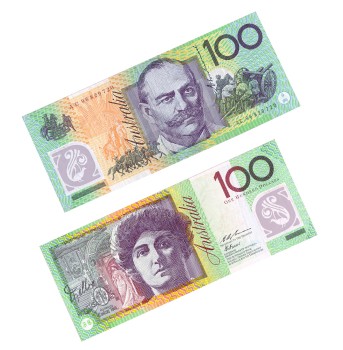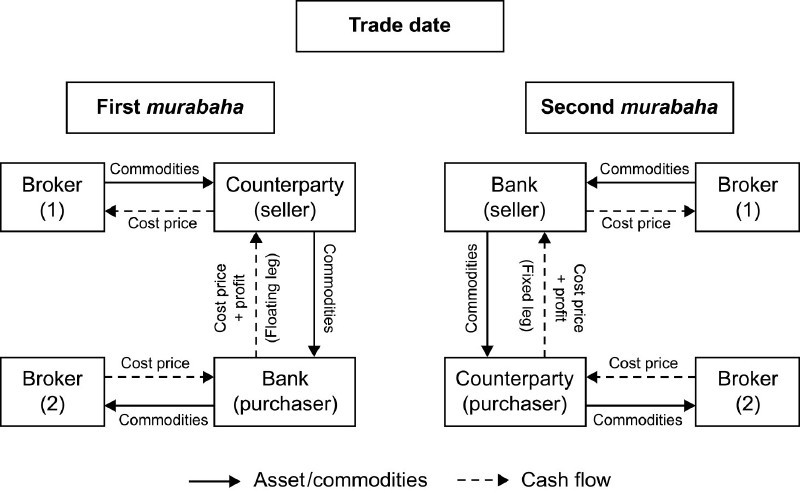Currency Swap Basics
Post on: 23 Май, 2015 No Comment

Currency swaps are an essential financial instrument utilized by banks, multinational corporations and institutional investors. Although these type of swaps function in a similar fashion to interest rate swaps and equity swaps. there are some major fundamental qualities that make currency swaps unique and thus slightly more complicated. (Learn how these derivatives work and how companies can benefit from them. Check out An Introduction To Swaps .)
A currency swap involves two parties that exchange a notional principal with one another in order to gain exposure to a desired currency. Following the initial notional exchange, periodic cash flows are exchanged in the appropriate currency.
Let’s back up for a minute to fully illustrate the function of a currency swap.
Purpose of Currency Swaps
An American multinational company (Company A) may wish to expand its operations into Brazil. Simultaneously, a Brazilian company (Company B) is seeking entrance into the U.S. market. Financial problems that Company A will typically face stem from Brazilian banks’ unwillingness to extend loans to international corporations. Therefore, in order to take out a loan in Brazil, Company A might be subject to a high interest rate of 10%. Likewise, Company B will not be able to attain a loan with a favorable interest rate in the U.S. market. The Brazilian Company may only be able to obtain credit at 9%.
While the cost of borrowing in the international market is unreasonably high, both of these companies have a competitive advantage for taking out loans from their domestic banks. Company A could hypothetically take out a loan from an American bank at 4% and Company B can borrow from its local institutions at 5%. The reason for this discrepancy in lending rates is due to the partnerships and ongoing relations that domestic companies usually have with their local lending authorities. (This emerging market is making strides in regulation and disclosure. See Investing In China .)

Setting Up the Currency Swap
Based on the companies’ competitive advantages of borrowing in their domestic markets, Company A will borrow the funds that Company B needs from an American bank while Company B borrows the funds that Company A will need through a Brazilian Bank. Both companies have effectively taken out a loan for the other company. The loans are then swapped. Assuming that the exchange rate between Brazil (BRL) and the U.S (USD) is 1.60BRL/1.00 USD and that both Companys require the same equivalent amount of funding, the Brazilian company receives $100 million from its American counterpart in exchange for 160 million real; these notional amounts are swapped.
Company A now holds the funds it required in real while Company B is in possession of USD. However, both companies have to pay interest on the loans to their respective domestic banks in the original borrowed currency. Basically, although Company B swapped BRL for USD, it still must satisfy its obligation to the Brazilian bank in real. Company A faces a similar situation with its domestic bank. As a result, both companies will incur interest payments equivalent to the other party’s cost of borrowing. This last point forms the basis of the advantages that a currency swap provides. (Learn which tools you need to manage the risk that comes with changing rates, check out Managing Interest Rate Risk .)














